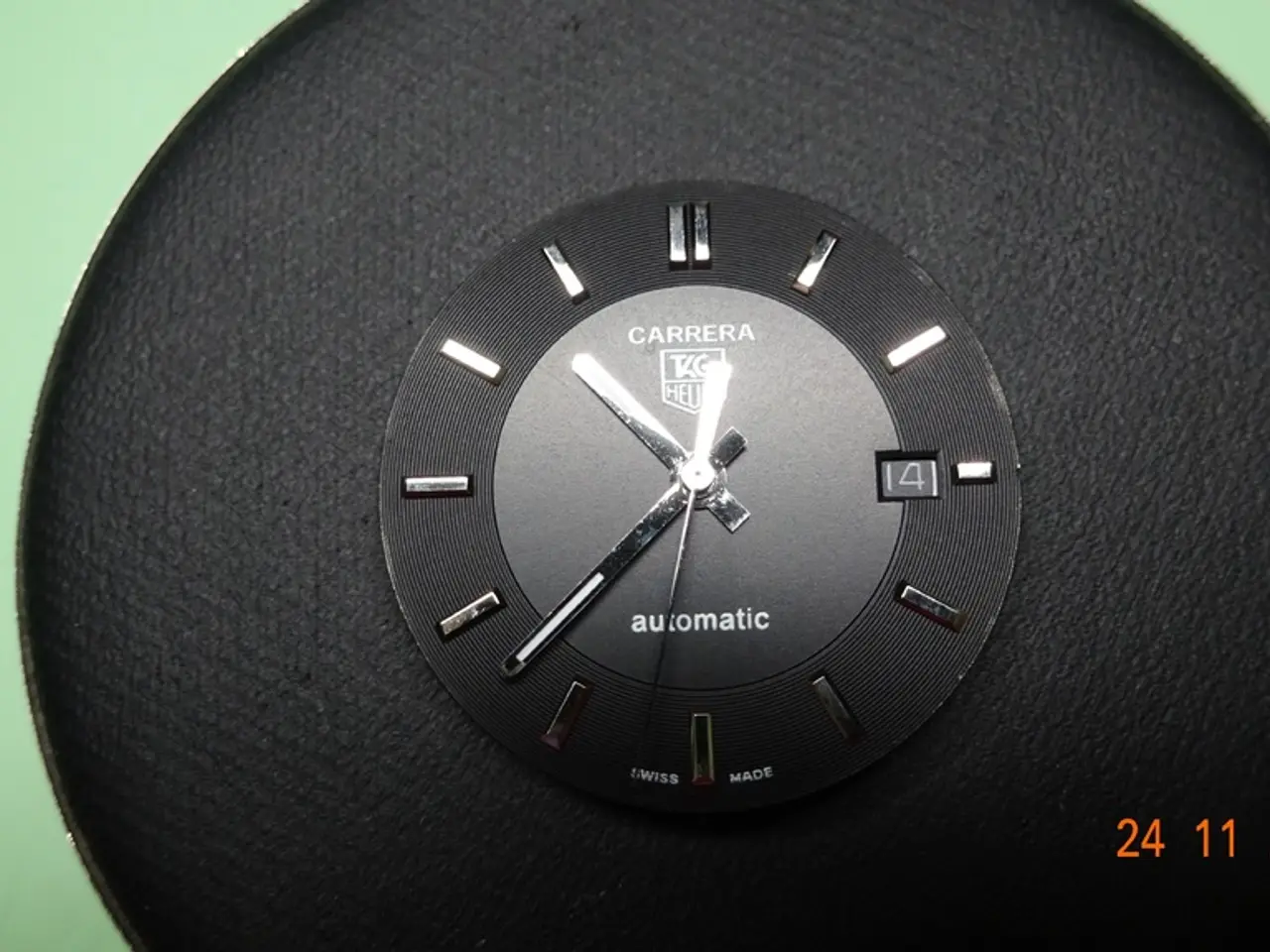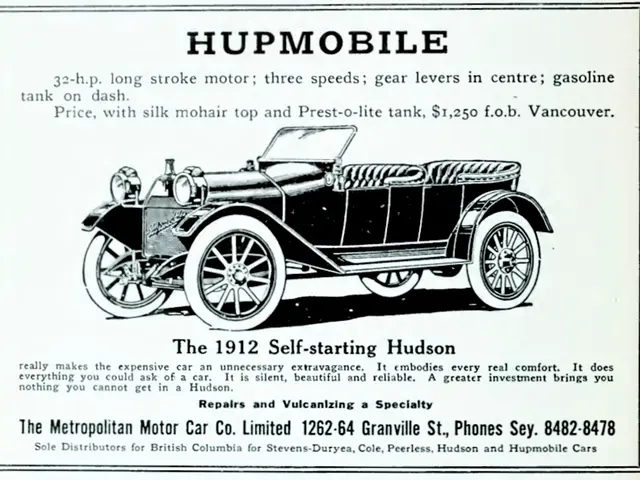Clockwork Durability: Analyzing the Mechanics of Ancient and Retro Timepieces
In the realm of timekeeping, two distinct eras of clock manufacturing stand out - modern German and antique American. While both offer unique qualities, their approaches to craftsmanship, durability, and affordability have evolved significantly over time.
Modern German movements, such as those by Hermle since the mid-20th century, represent a balance between traditional craftsmanship and modern production techniques. The movements are designed for robust functionality and adaptability, with an emphasis on serviceability. However, due to automated assembly techniques, extensive repairs can be challenging [1][2].
In contrast, antique American clocks, made over a century ago, were typically hand-crafted with robust materials and construction aimed at very long lifespans. This focus on durability and repairability is evident in their enduring nature [1][3].
The shift from American to modern German clocks reflects changing manufacturing priorities. Early American clocks were more artisanal, built to last, while modern German movements prioritise reliable, standardised manufacturing with moderately durable construction. It's common for these modern movements to be replaced economically after 25–30 years, as opposed to being fully restored [1][3].
Interestingly, the price of mass-produced clocks from the past is not significantly different from that of today's clocks. Economies of scale in past manufacturing allowed for higher-quality clocks at relatively lower prices [4].
Comparisons between American clocks manufactured over 100 years ago and German clocks produced between the 1950s and 1980s have been made based on observations and research into clock repair. In some cases, a brand-new Hermle movement can be bought for about half the cost of repair [5].
Antique clocks showcase the skill and time invested by individual makers, offering a tangible connection to the past. On the other hand, modern clocks, despite being more affordable, offer reliable timekeeping and serviceability, making them accessible to a wider audience [1][2].
Understanding the history and evolution of clock manufacturing helps appreciate the balance between craftsmanship, durability, and affordability. Collectors and enthusiasts can make informed decisions based on the unique value each era of clockmaking offers.
References:
[1] "The Evolution of Clock Movements." Hermle Clock Company, Inc., www.hermle.com/en/about-us/history-of-the-hermle-clock-company.
[2] "Clock Movements." Hermle Clock Company, Inc., www.hermle.com/en/products/clock-movements.
[3] "Antique Clocks: A Guide to Collecting and Restoring." Antique Clock Shop, www.antiqueclockshop.com/antique-clocks.
[4] "The Economics of Clockmaking: Past, Present, and Future." The National Association of Watch and Clock Collectors, www.nawcc.org/education/articles/economics-of-clockmaking.
[5] "Clock Repair Costs: A Comparison of Modern and Antique Clocks." The American Watch and Clock Museum, www.awcm.org/resources/articles/clock-repair-costs.
- Horology enthusiasts might find interest in the balance between tradition and technology in clock repair, as contemporary mechanical clocks from manufacturers like Hermle, such as those produced since the mid-20th century, showcase both.
- In the realm of vintage clocks, antique American clocks, hand-crafted a century ago, showcase the skill and time invested by individual makers, offering a tangible connection to the past.
- While modern German movements prioritize reliable, standardized manufacturing with moderately durable construction, their counterparts from the early American era were more artisanal, built to last.
- In the world of gadgets, comparing the repair costs of modern clocks with antique ones reveals an interesting contradiction: in some cases, a brand-new Hermle movement can be bought for about half the cost of repair.




